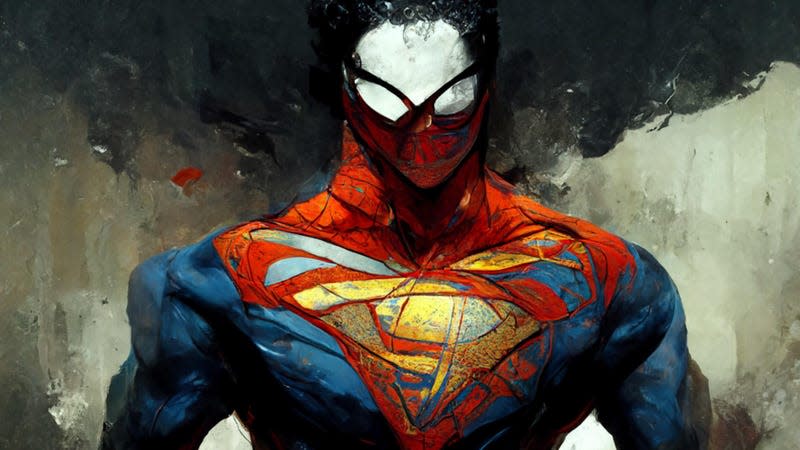The next step for DALL-E and Midjourney is animation
New tools like OpenAI’s DALL-E 2 and Midjourney allow anyone to type a series of prompts (“a bird sitting in a tree on a sunny day in the style of Rembrandt,” for example) and output an image that illustrates the text the user input.
The disruptive effect these tools are having on graphic art is already stoking debate among traditional artists as to how this may impact the future of fine art. Logically, one of those potential near-term futures of the technology are systems that then animate these artificially generated images.
“Many academic institutions are working on animations,” David Holz, the founder and CEO of Midjourney told Quartz. “It’s a bit expensive and the quality isn’t there yet, but we’ll certainly see wild things over the next few years.”
AI animation could disrupt the entire animation industry
One of the earliest technology-powered shifts in hand-drawn animation was rotoscoping. It’s the process of tracing over live-action footage and helped animators make character movements look more realistic. Despite its use in classic Disney films like Snow White and the Seven Dwarfs and innovative films like Ralph Bakshi’s animated Lord of the Rings and Richard Linklater’s Waking Life, some animators still look down their noses at rotoscoping.
LOVE DEATH + ROBOTS | Live Horse Motion Capture | Netflix
In recent years, motion capture has become one of the most preferred ways to animate 3D character models to shorten production time and make animations more realistic. Some of the best examples of the technique are on display in Netflix’s Love, Death + Robots series.
Using art history to preview of AI art’s future
Some liken using AI to generate art to that of an artist like Andy Warhol, whose workers famously churned out silk-screen and lithograph images on his behalf, often based on pop culture references and pre-existing photos that he did not shoot.

“The reason I’m painting this way is that I want to be a machine,” Warhol said of his factory-like process. Sol LeWitt, a conceptual artist who would give detailed instructions to assistants on how to create a work, believed that when “all of the planning and decisions are made beforehand...the execution is a perfunctory affair.”
In that respect, automation in art has been a preview of the rise of AI in art with code now standing in for the teams of assistants.
Motion capture has optimized animation production work, AI images may be next
Even with the industry skepticism, both rotoscoping and motion capture were eventually widely adopted as acceptable tools of the animation trade. However, in both cases, a human hand was still directly involved in producing visuals. With AI-generated images, the animation process may evolve to only require human input into the backend algorithm and the front-end prompts to dictate a scene.
Some see the use of AI art generation tools as a natural evolution of software like Photoshop and Procreate. Others see image-generating AI as a force with the potential to displace thousands of humans who support their families as professional illustrators. In the case of animation, this shift could eventually cost some of the over 62,000 animators and special effects artists working in the US their jobs.
Nevertheless, given the rapid progress of these AI art systems, it probably won’t be long until they’re powerful enough to produce some form of animated films, essentially turning script writers into art directors, and ushering in a strange new phase of animation.


